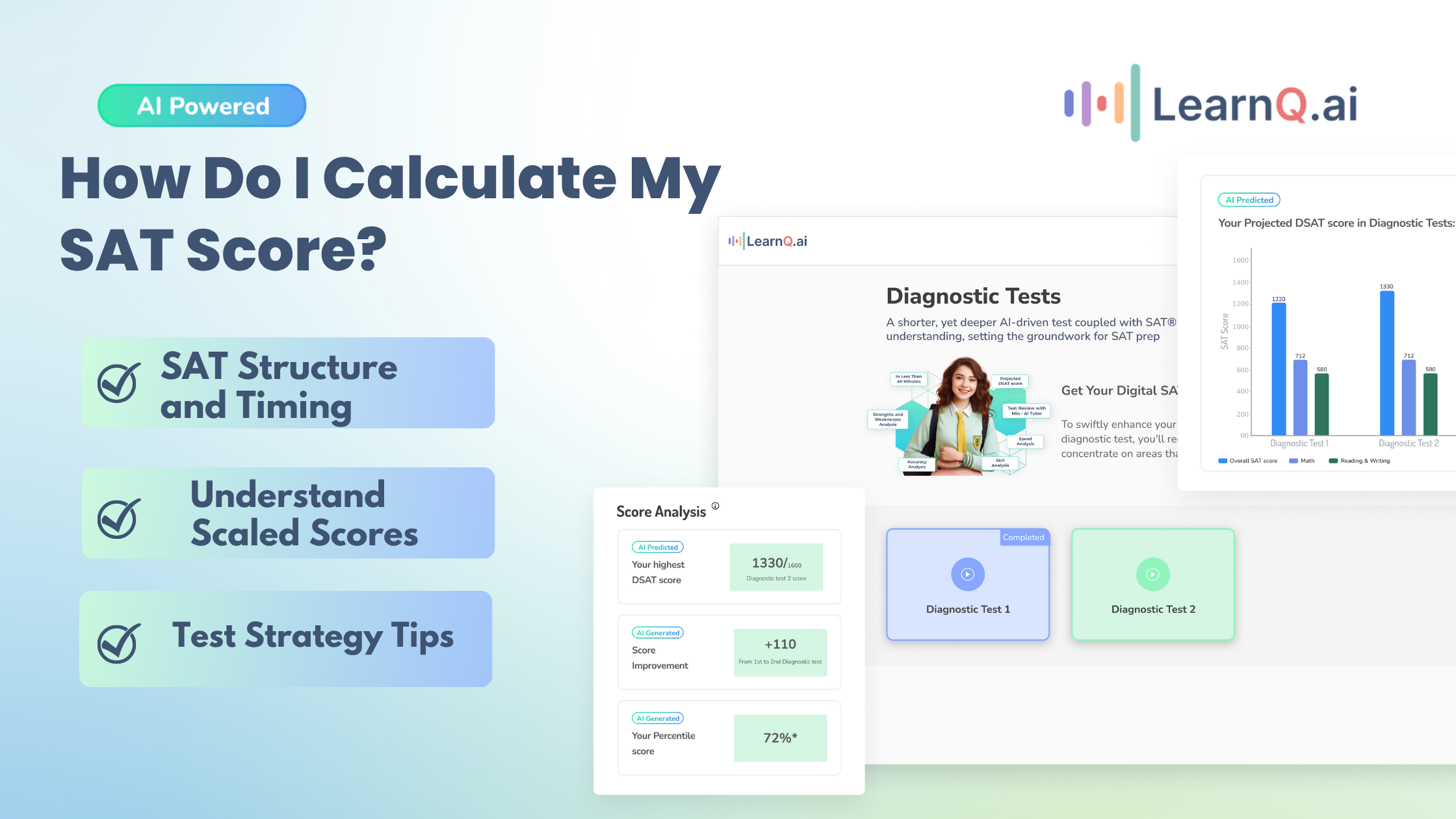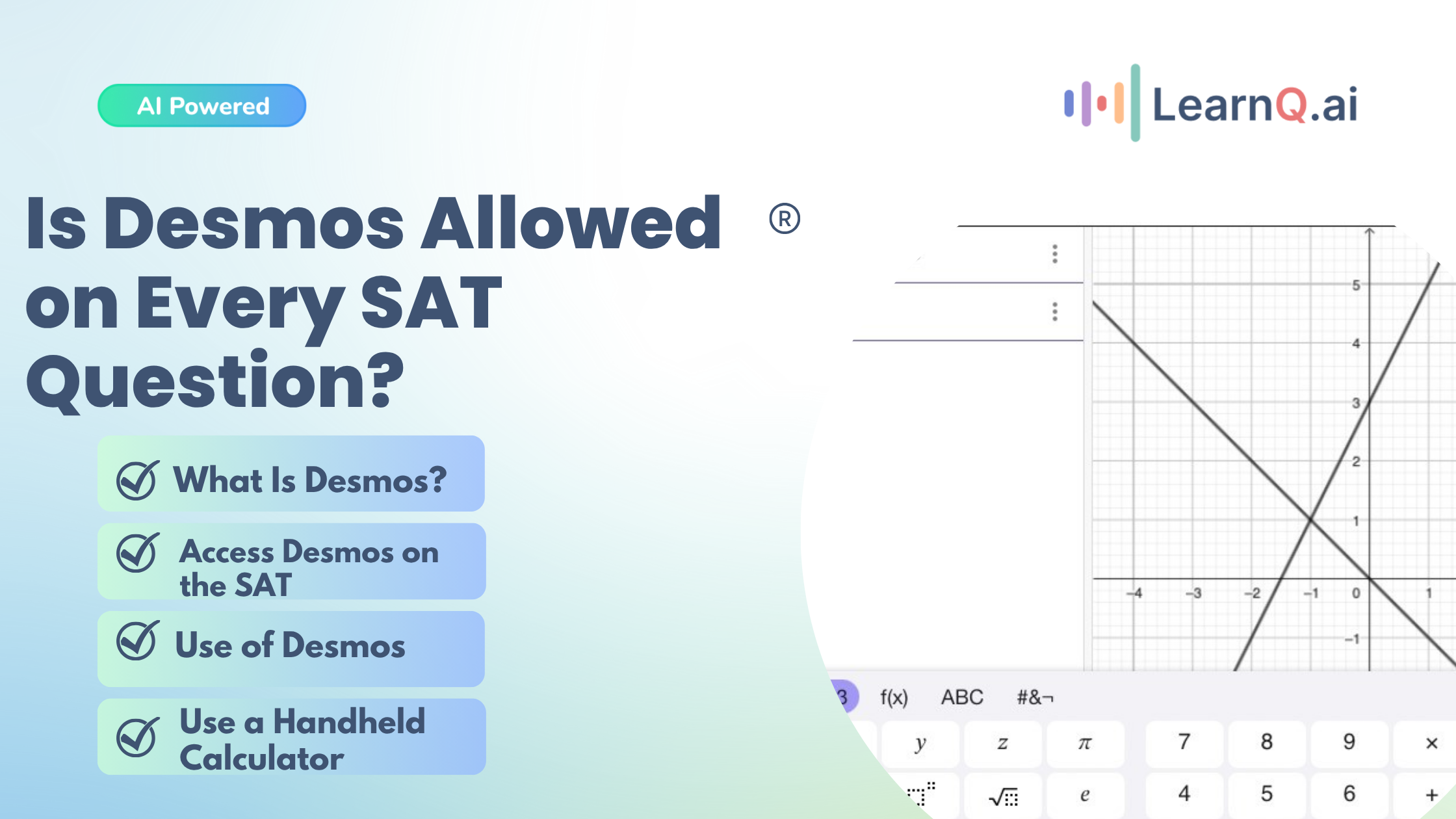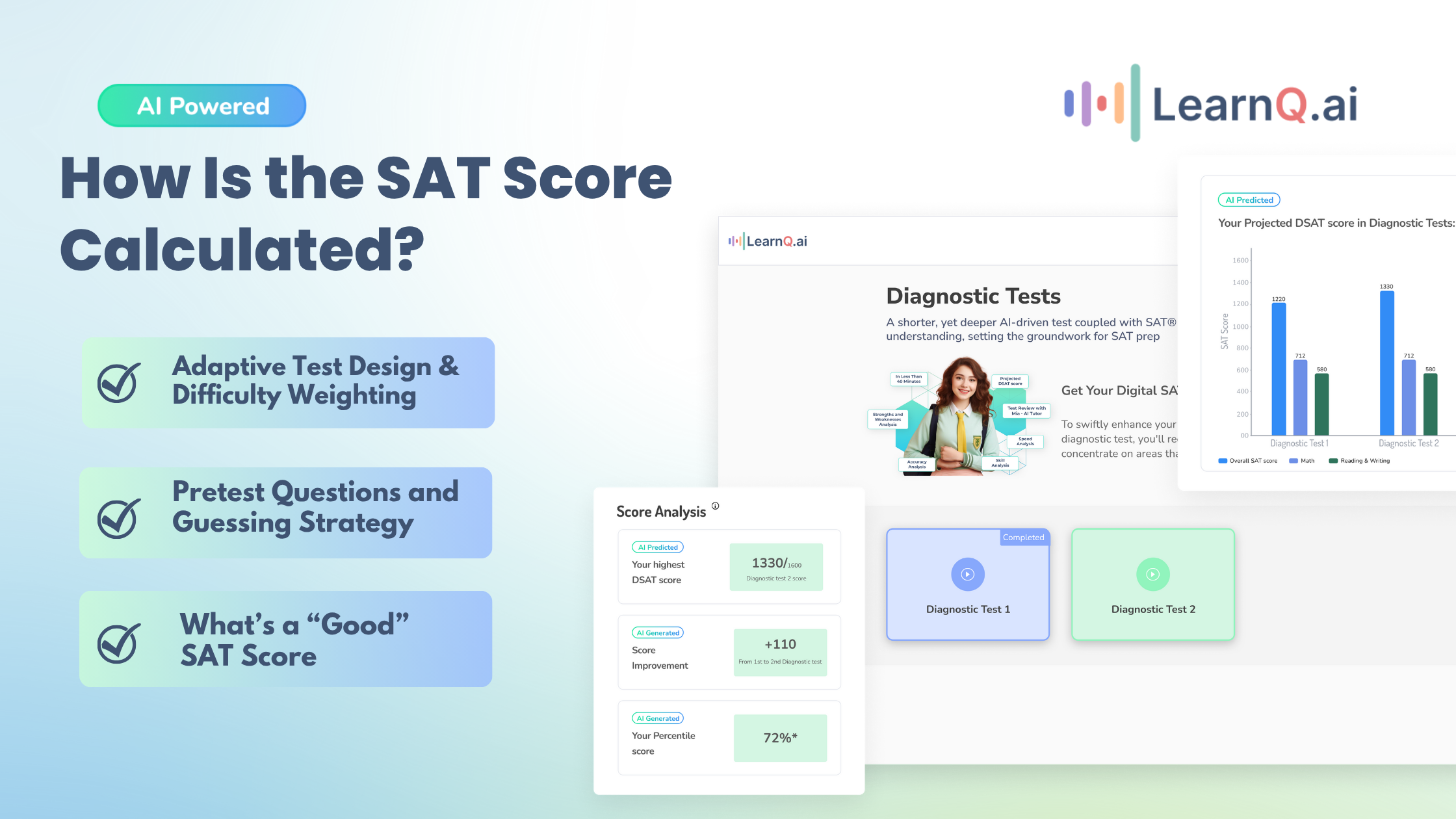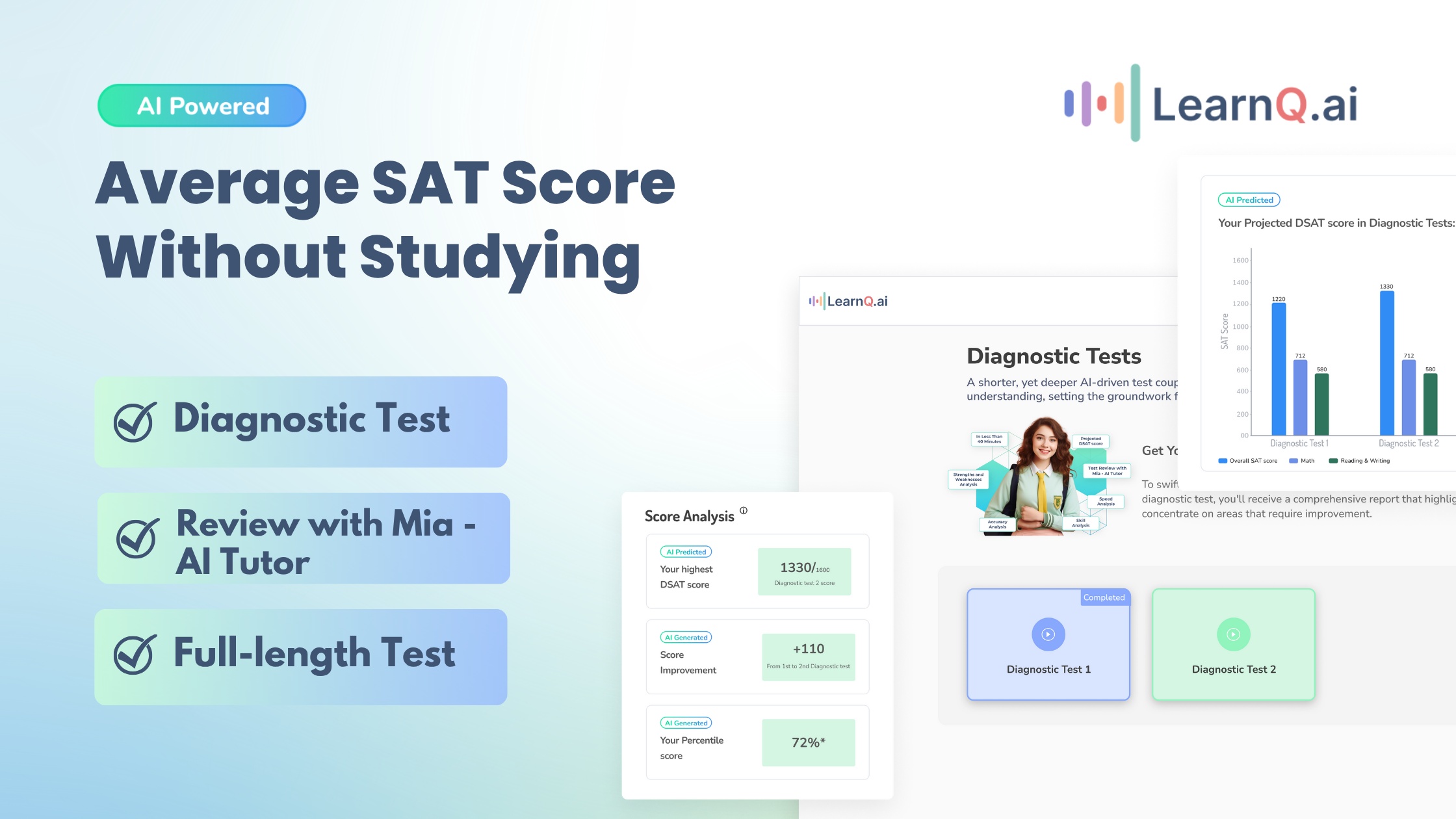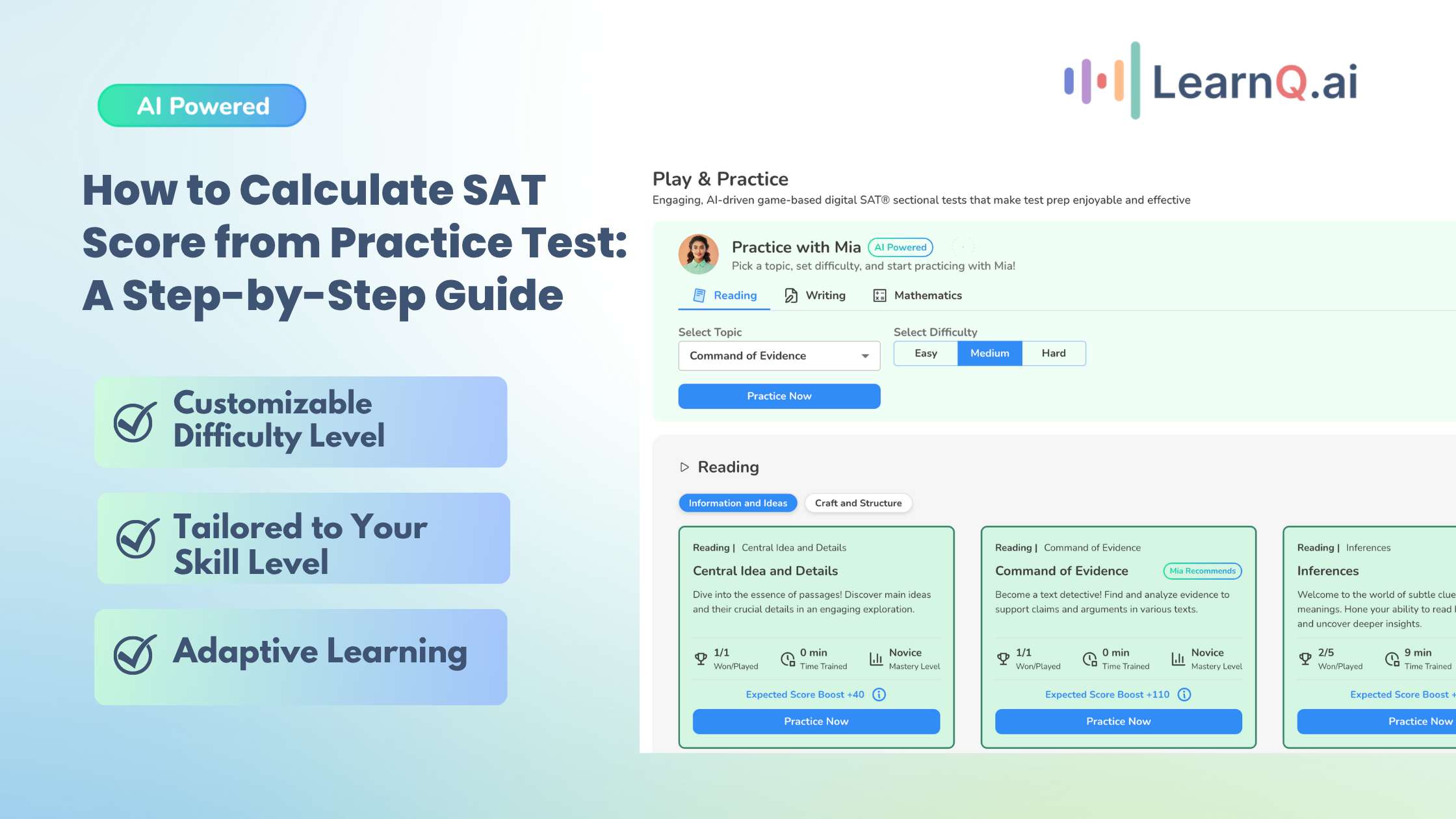Preparing for the SAT involves more than just studying—it’s crucial to understand how your scores are evaluated to maximize your college admissions chances. One concept you’ll frequently encounter is the “Superscore.”
This powerful tool can elevate your college application by combining your best section scores across multiple test dates. In this article, we’ll break down what Superscoring is, how it works, and why it could be the key to enhancing your college admissions prospects.
What is a Superscore?
A Superscore is how colleges evaluate your SAT performance by combining your best section scores from different test dates. Instead of looking at just one test date, a Superscore shows your highest possible overall score.
For example, if you scored higher in Math on one test date and higher in Reading and Writing on another, the Superscore takes the best of each, giving you an advantage in college admissions.
Importance of Superscore for College Admissions
Superscoring can be a game-changer in your college application process. Here’s why:
- Boosts Overall Score: Combines your highest section scores from multiple test dates, giving you a better composite score.
- More Opportunities to Improve: Even if one section didn’t go well, your best scores across different tests are considered.
- Enhances Competitiveness: A higher Superscore makes you a more attractive college candidate.
- Reflects True Potential: Colleges see your best academic performance, which can positively impact their assessment of your application.
Also Read: SAT Score Release Dates: When Do They Come Out?
Enhance your Digital SAT study routine with AI-driven insights and personalized practice tests.
Difference Between the ACT and SAT Superscore
Here’s a table that highlights the differences between the ACT and SAT Superscore:
| Aspect | SAT Superscore | ACT Superscore |
| Test Structure | Combines best scores from 2 sections: Math and Reading and Writing | Combines best scores from 4 sections: English, Math, Reading, and Science |
| College Policies | Some colleges accept, but policies vary | Some colleges accept, but policies vary |
| Calculation Method | Superscore combines best section scores across multiple test dates for two sections. | Superscore combines best section scores across multiple test dates for four sections, which may result in more variation. |
This table clearly compares how Superscoring works for the SAT and ACT, helping you understand the key differences between them.
How to Calculate Your SAT Superscore
Your SAT Superscore reflects your best performance by combining the highest section scores from multiple test dates. Here’s a step-by-step guide on how to calculate it.
1. Sum of Highest Section Scores
First, gather your SAT score reports from all the test dates you’ve taken. Your goal is to find the highest scores in each section—Math and Reading and Writing—regardless of when you achieved them.
2. Math Section
Let’s say you took the SAT twice. On your first attempt, you scored 650 in Math, and on your second attempt, you scored 700. For your Superscore, you’ll take the 700 from your second attempt since it’s the higher score.
3. Reading and Writing Section
Now, look at your Reading and Writing scores. Suppose you scored 640 on your first SAT and 680 on your second attempt. You would select the 680 from your second attempt as your highest score.
4. Combining Highest Scores
Finally, add your highest Math score (700) and your highest Reading and Writing score (680). Your SAT Superscore would be 1380.
This Superscore represents the best possible composite score from your SAT test dates, and it’s the one you’ll want to submit to colleges to showcase your highest potential.
LearnQ.ai is Powered by VEGA AI—Is your Institute Next?
Give students a Duolingo-style test-prep platform with Shopify-level customization for tutors and institutes.
Overview of Score Choice
When sending your SAT scores to colleges, you have options to help you present your best performance. One of these options is Score Choice.
What is Score Choice
Score Choice allows you to select which SAT scores to send to colleges so you can share only your best results from specific test dates.
Difference Between Score Choice and Superscore
Here’s a table highlighting the differences between Score choice and Superscore
| Aspect | Score Choice | Superscore |
| Function | Selects specific test dates to send to colleges | Combines highest section scores from multiple dates |
| Control | You choose entire test scores from selected dates | Colleges see your best scores from each section |
| Outcome | Shows your best overall performance from a single day | Creates the best possible composite score |
This table clarifies the difference between Score Choice and Superscore, helping you understand how to best present your SAT results to colleges.
Understanding School Test Score Policies
When applying to colleges, it’s crucial to know how different schools handle your SAT scores. Colleges have varying policies on how they evaluate your scores, and understanding these can help you present your best possible application.
Here’s a clearer explanation of the most common policies:
- Schools that Consider the Superscore
These schools take your highest section scores from multiple SAT test dates and combine them to create your best possible composite score.
For example, if you scored higher in Math on one date and in Reading on another, they’ll use your highest score from each section to form your final score.
- Schools that Consider All Test Scores
Some colleges require you to submit all of your SAT scores from every test date. They review your complete testing history to get a comprehensive view of your performance over time rather than just focusing on your best scores.
- Schools That Consider the Highest Overall Score
These schools focus on the best composite score you achieved in a single test sitting. They won’t mix and match section scores from different dates but will look at the highest total score you earned on a single day.
- Schools that Consider Score Choice
Score Choice allows you to select which SAT scores to send to colleges. You can choose the specific test dates to share, allowing you to submit only your highest scores or the scores from the dates you performed best.
- Test-Optional Schools
Test-optional schools do not require SAT scores as part of the application process. You can decide whether to include your SAT scores based on whether you think they will strengthen your application.
By understanding these different policies, you can better plan your test-taking strategy and decide how to present your SAT scores when applying to colleges.

Strategies for Reporting SAT Scores
Effectively reporting your SAT scores can play a crucial role in your college admissions process. Here are some strategies to help you make the most of your scores:
Research College Policies
Start by researching each college’s SAT score policies. Determine whether they accept Superscores, Score Choice, or require all test scores. Knowing this will help you tailor your score reporting to each school’s preferences.
Use Superscoring to Your Advantage
If a college accepts Superscores, send scores from all test dates where you performed well in at least one section. This allows the college to create the highest possible composite score from your best individual section scores.
Selectively Use Score Choice
For schools that allow Score Choice, choose to send only your best overall test scores. This approach hides lower scores from other test dates, ensuring colleges see you at your best.
Focus on Your Best Single Test Date
For schools that consider the highest overall score from a single test date, send the score from your best SAT attempt. There’s no need to send multiple test dates if one stands out.
Consider Not Sending Scores to Test-Optional Schools
If a college is test-optional and your SAT scores don’t reflect your true potential, consider not sending them. Instead, focus on other strengths in your application, such as your GPA, essays, and extracurricular activities.
Plan Ahead for Deadlines
Ensure you’re aware of each school’s application deadlines and send your SAT scores well in advance. Late score submissions can negatively impact your application.
By using these strategies, you can present your SAT scores in the best possible light, aligning with each college’s specific requirements and preferences.
List of Colleges that Accept Superscores
Many colleges and universities accept SAT Superscores, allowing applicants to combine their highest section scores from multiple test dates. Here are some well-known schools that accept SAT Superscores:
- Boston College
- Duke University
- Georgia Institute of Technology
- Harvard University
- Johns Hopkins University
- Massachusetts Institute of Technology (MIT)
- New York University (NYU)
- Princeton University
- Stanford University
- University of Chicago
- University of Florida
- University of Georgia
- University of North Carolina at Chapel Hill
- University of Pennsylvania
- Vanderbilt University
- Villanova University
- Virginia Tech
- Wake Forest University
- Washington University in St. Louis
- Yale University
Complete list of colleges that accept superscores.
It’s important to note that policies can change, so it’s always best to check with the individual college or university for the most current information regarding their SAT score reporting policies.
LearnQ.ai is powered by VEGA AI—Is your institute next?
Offer students a Duolingo-style test-prep platform with Shopify-level customization for tutors and institutes.






Conclusion
Understanding and strategically reporting your SAT scores can significantly impact your college admissions process. Whether you are using Superscoring, Score Choice, or focusing on a single test date, aligning your score reporting with each college’s policies is essential. By carefully planning and utilizing the right strategies, you can present your best possible SAT results to colleges.
To further enhance your preparation and maximize your Digital SAT performance, use LearnQ.ai.
Loved by students across the globe, we have a long list of successful learning stories. Start your Digital SAT prep with us, join our SAT students community, and enter your dream university.





